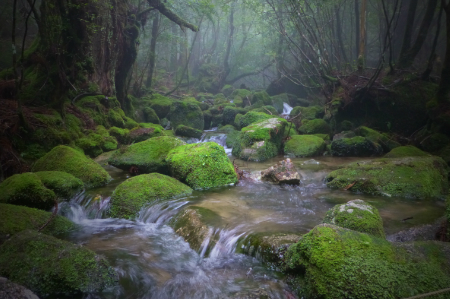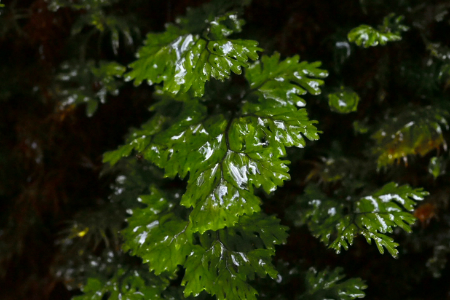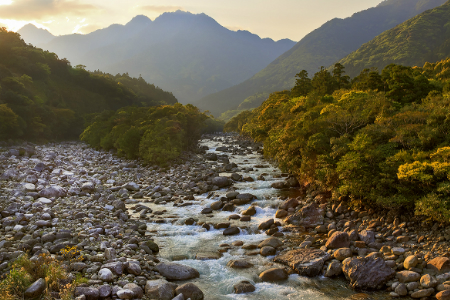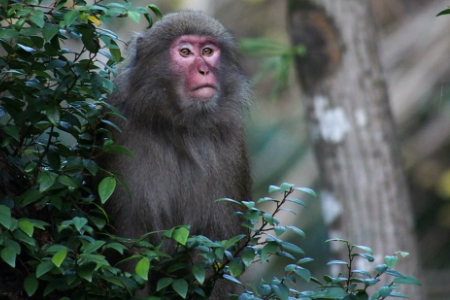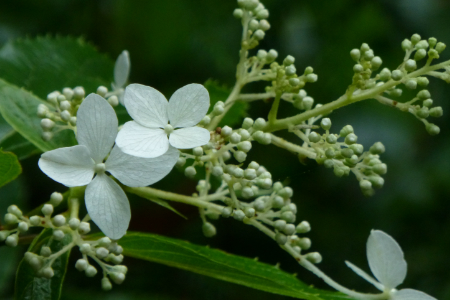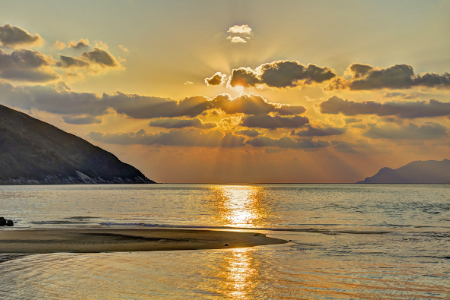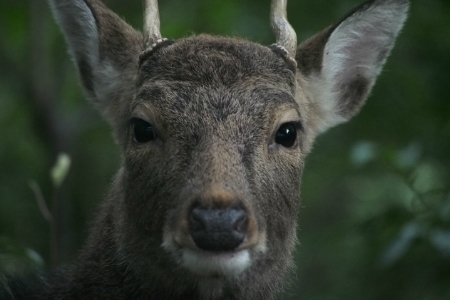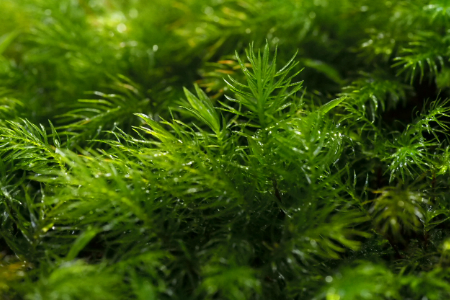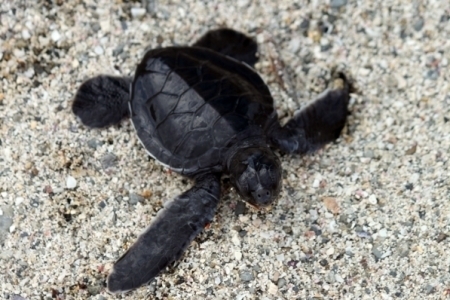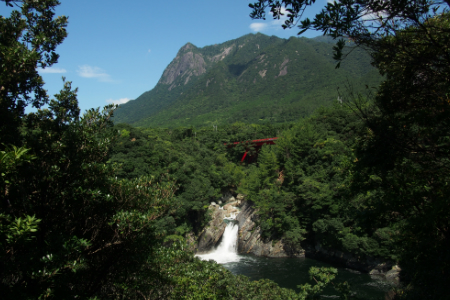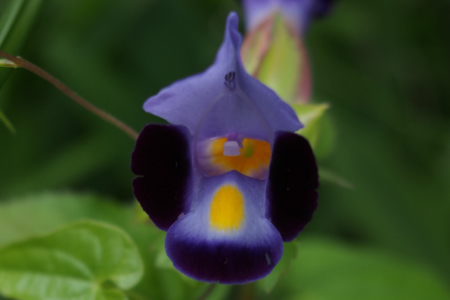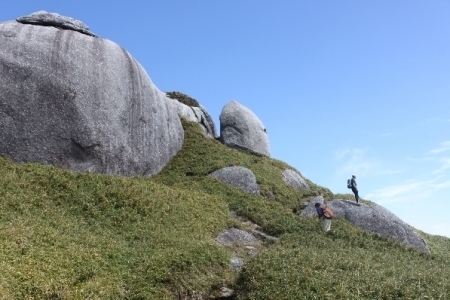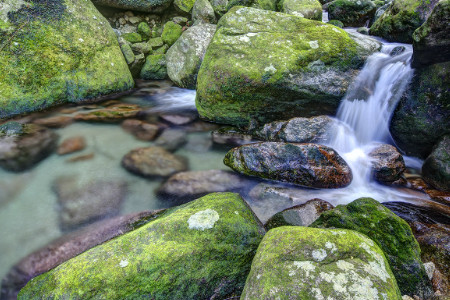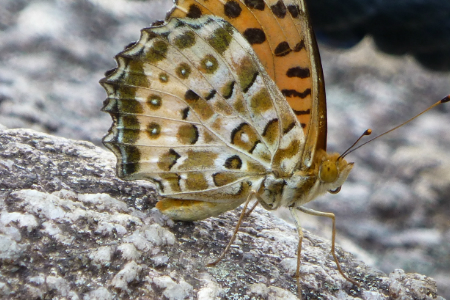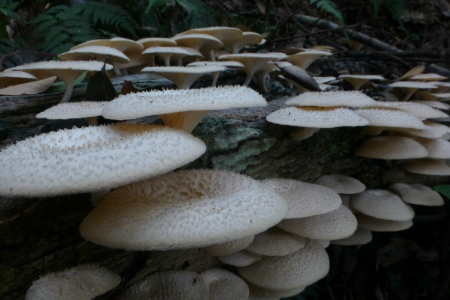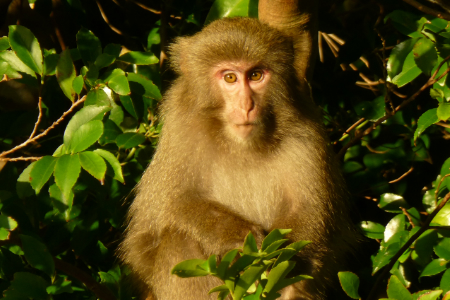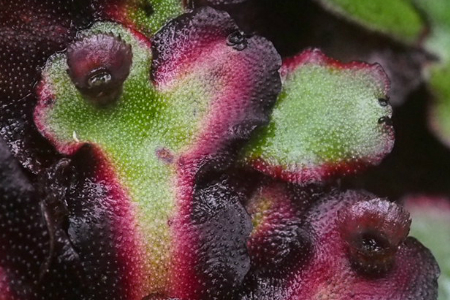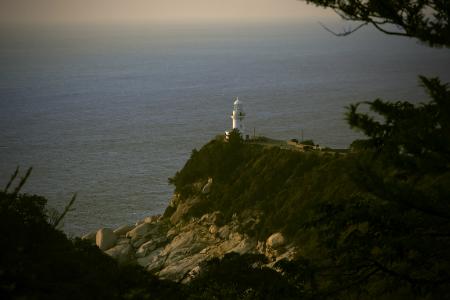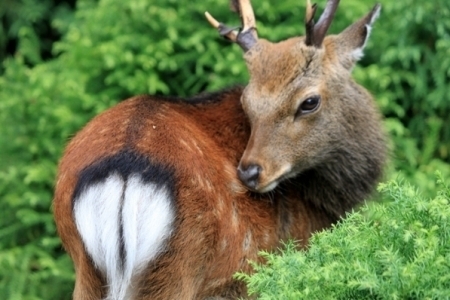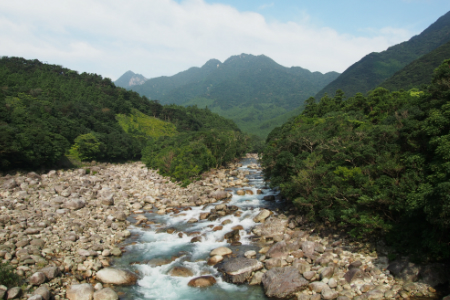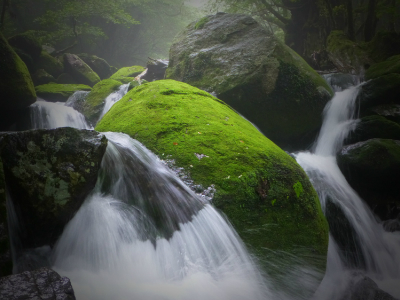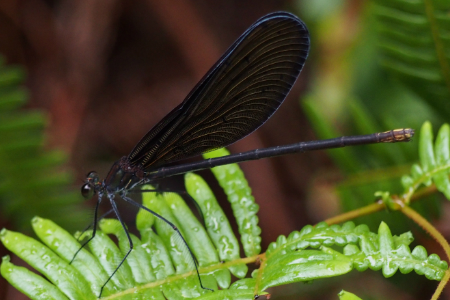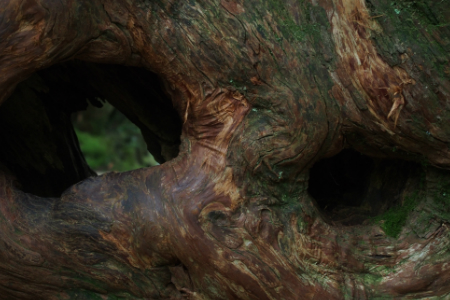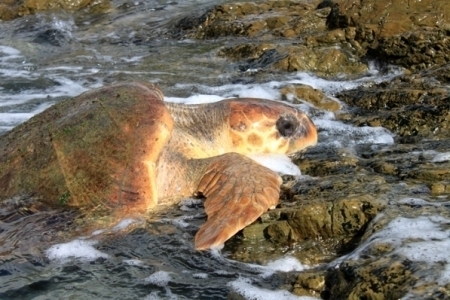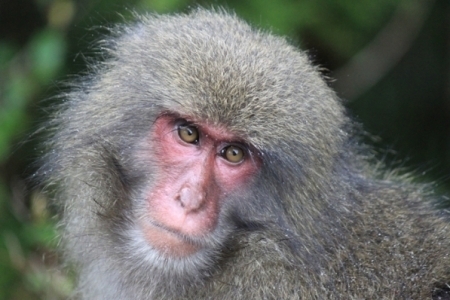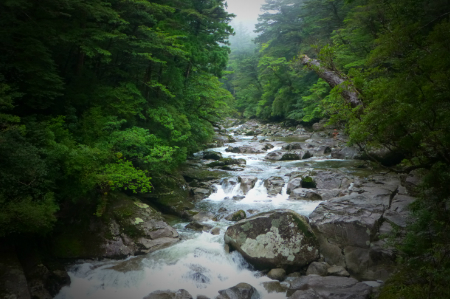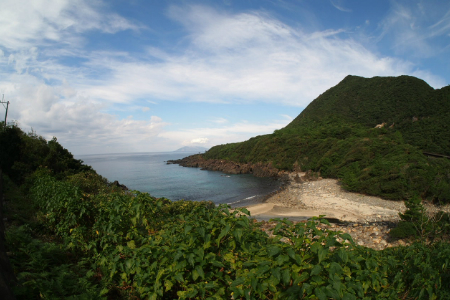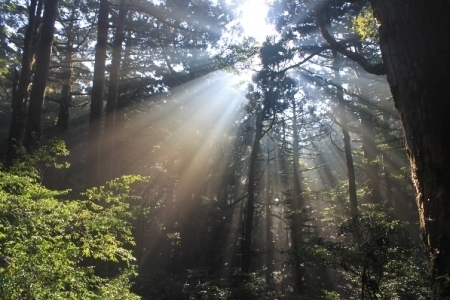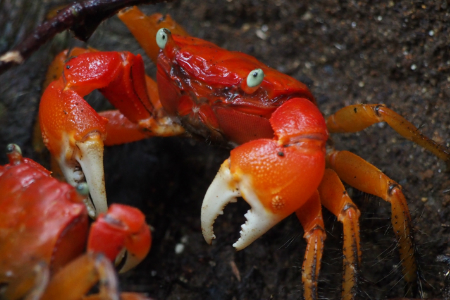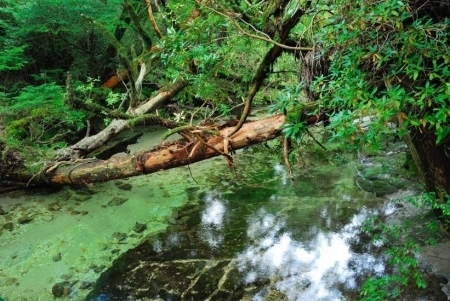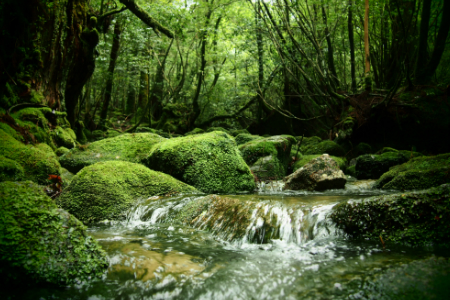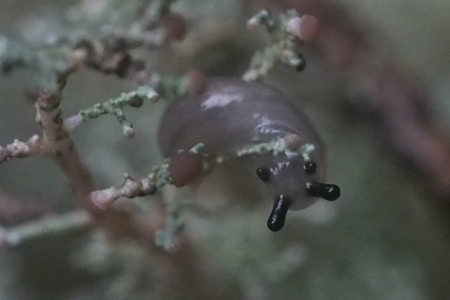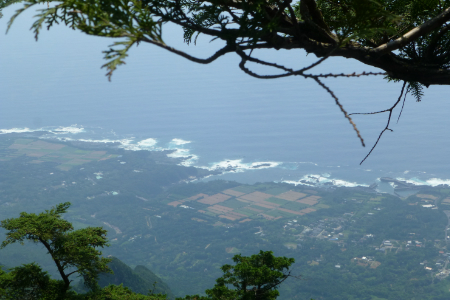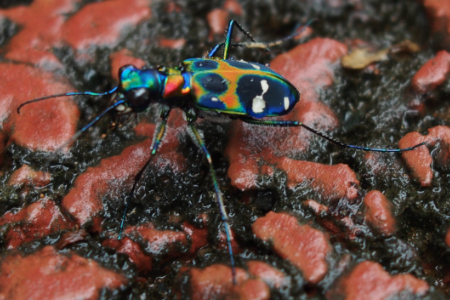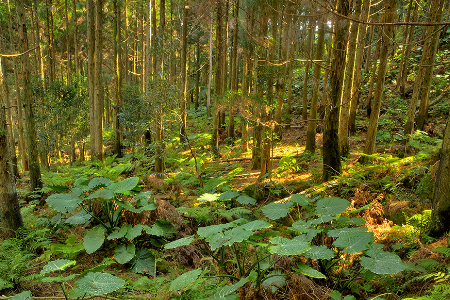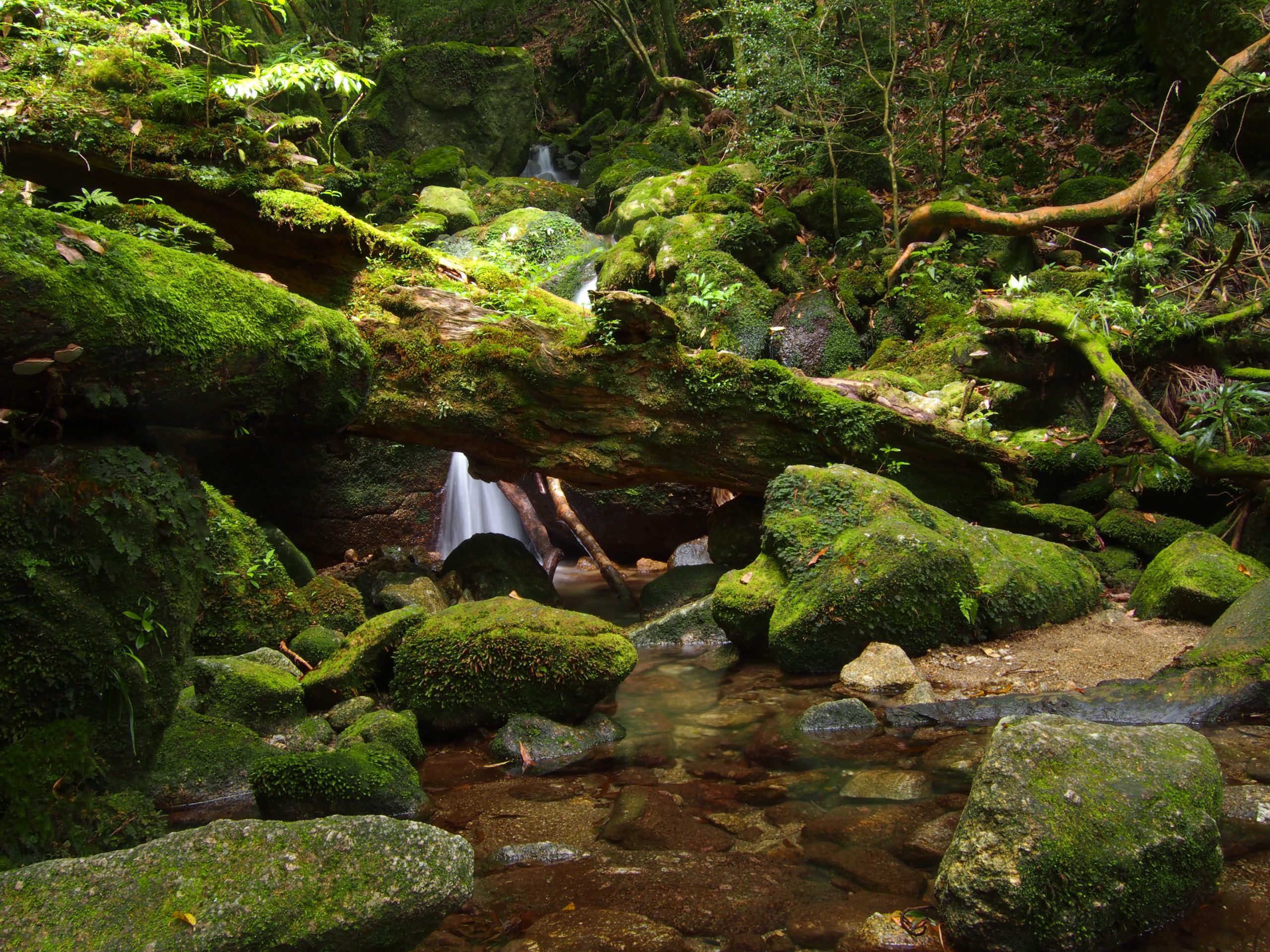 Where do we start when trying to make a concise introduction about Yakushima! It is such a fascinating island that both domestic and international visitors return to the island time & time again. The more you learn about Yakushima, the more wondrous it becomes which is why we would always encourage visitors to get a head-start to this fascination by selecting a YES Tour.
Where do we start when trying to make a concise introduction about Yakushima! It is such a fascinating island that both domestic and international visitors return to the island time & time again. The more you learn about Yakushima, the more wondrous it becomes which is why we would always encourage visitors to get a head-start to this fascination by selecting a YES Tour.
In 1993, Yakushima was one of the first two locations gain World Heritage status for Natural Beauty in Japan (the other location is Shirakami Sanchi in Aomori). UNESCO claimed Yakushima to be the best example of bio-diversity in East Asia. This status as a site of natural beauty often overshadows the remarkable cultural side of Yakushima and unfortunately tourists often miss this important aspect of our island as they focus upon the natural scenery.
Yakushima’s eco-system ranges from sub-tropical to sub-alpine which makes it both the northern limit and southern limit for a wide variety of flora and fauna. This demarcation area is known as the Watase Line.
Yakushima is referred to as the ‘Alps of the Ocean’. The highest mountain peaks are just under 2,000m and the island has the highest mountains in Kyushu. Rather surprisingly, the neighbouring island of Tanegashima is one of the lowest areas of land in the country and the surprise is amplified when you discover that both Yakushima and Tanegashima share the same base rock stratum. The circular-shaped Yakushima is located around 100km south of Kagoshima City in the south of Japan.
The mountains of Yakushima offer excellent hiking trips, but the hiking doesn’t have to begin in the mountains as many of the trails begin close to the coast and and rise steeply into Yakushima’s vast forests.
Yakushima is famed as being the home of the Yaku sugi – some of the most ancient living trees on the planet. The island also has indigenous sub-species of deer and macaque monkeys which out-number the human inhabitants on the island.
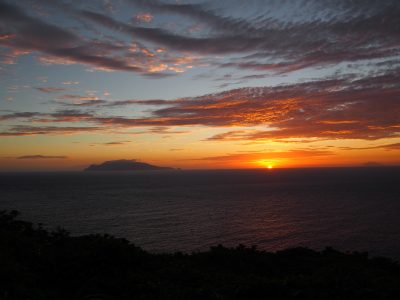 Our information on Yakushima wildlife is limited to only a few examples. A full compendium of Yakushima wildlife would require a website unto its own – particularly in the insect section.
Our information on Yakushima wildlife is limited to only a few examples. A full compendium of Yakushima wildlife would require a website unto its own – particularly in the insect section.
Similarly, the tales and folklore of the island would also require a large tome. Even after being on the island more than a decade, we are still told new and interesting tales past down orally from generation to generation.
The sea around the island is abundant with a variety of marine life and this is thanks to a warm, swift flowing stream known as the Kuroshio current making its way from the tropics past the east coast of Japan. The rivers, streams and waterfalls of Yakushima flow with some of the purest water in the world and swimming in the rivers is a great leisure pastime for Yakushima families.
Many tourists arrive to Yakushima with the impression that weather is always wet. There is one very misleading comment which pervades the internet regarding it raining every day of the month (and more). You’ll be glad to know that this isn’t the case. Yakushima also has many sunny days. However, we do encourage visitors to come to Yakushima with a positive attitude regarding rain as the picturesque moss-covered forests wouldn`t be as beautiful if it were dry all the time. Caution must be taken if you encounter heavy rain on the island as the rivers become very dangerous. To prevent the risk of accidents then the island authority sometimes closes the mountain access roads during extreme weather conditions as a necessary precaution. Yakushima does have the highest rainfall in Japan!
Explore our about Yakushima section to uncover the basic knowledge you may need to travel to the island. However, if you wish to get the most out of your visit then booking a YES Tour to learn about Yakushima’s rich culture, unique history and incredible ecology would be a good investment and a memorable experience.
